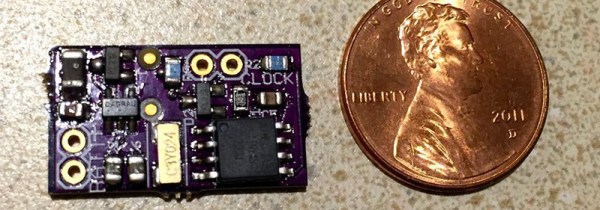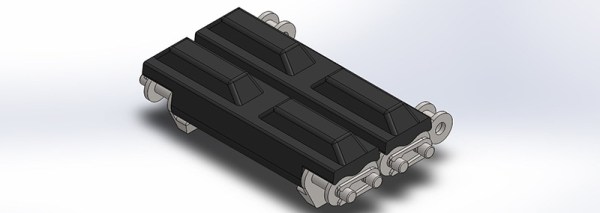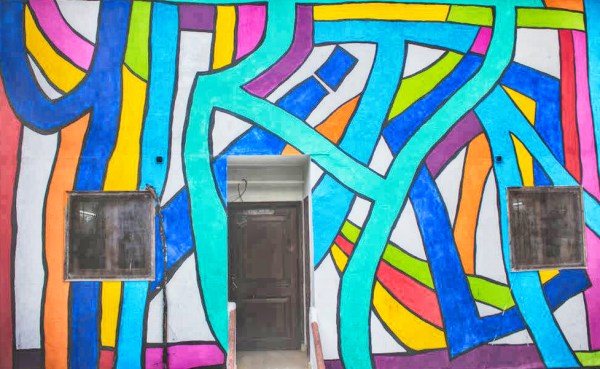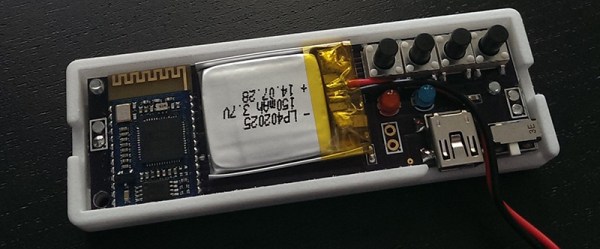If it hasn’t been made readily apparent to you by now, power grids are astonishing marvels of technology and quite possibly one of the greatest engineering feats of history. Learning how these systems work is easy in theory, but in practice you will be shot if you try to screw around with at a power station. [Tim] and [Marissa] figured there must be an easier way to learn about power grids so they made their own. It’s small, but it still has everything you’d find in high voltage power lines, minus a hundred kilovolts or so.
This mockup of a power grid simulates a power plant by taking a normal DC motor and connecting that to an alternator and transformer. This is two of the simulated generation points, with the third AC/AC power supply serving as a reference generator for synchronizing phase and frequency. It’s only 12V at 60Hz, but it gets the job done.
A power grid isn’t power plants – there’s also transmission line theory. For this, [Tim] and [Marissa] have a few boards packed with inductors to simulate power lines. There are boards for simulated loads, and synchronization systems built on the MSP430.
In the video below, [Marissa] goes over all the ins and out of the system. It’s very well made and excellent for teaching something that can’t be demonstrated without a practical example.
Continue reading “Hackaday Prize Entry: A Very Small Power Grid”






















